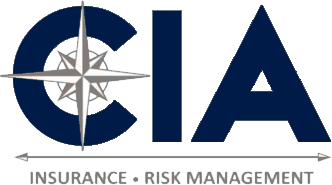Understanding the effect that Medicare’s new payment model has on skilled-nursing facilities.
On October 1st, Medicare enacted its new Patient Driven Payment Model (PDPM). This model changes how skilled-nursing facilities are paid under Medicare by moving away from a reimbursement system based on the volume of therapy services a patient receives. Under PDPM, reimbursement will be based on the patient’s individual health characteristics. But what exactly does this change mean? Here are some of the impacts that Medicare’s new payment model will have on care facilities.
Understanding RUG
Under the old payment system, known as Resource Utilization Group (RUG), nursing facilities were reimbursed based on the number of therapy minutes they offered patients. However, this model did not adequately fund nursing homes where patients were too ill or would not benefit from therapy. Additionally, RUG did not offer reimbursement for other types of care, such as dementia management or speech therapy. As a result, some facilities gave patients unnecessary amounts of therapy or simply dealt with inadequate payments.
Introducing PDPM
Under PDPM, Medicare payment is determined by patients’ needs in the following categories:
- Nursing
- Physical therapy
- Occupational therapy
- Speech-language pathology
- Nontherapy ancillary
- Adjusted daily rate over the course of the patient’s stay
To determine a patient’s needs in the first five categories, facilities must conduct a patient assessment known as the Minimum Data Set or MDS within the first eight days of the patient’s stay. Skilled nursing facilities are familiar with MDS assessments as they currently use it to log therapy services. However, these assessments have not been used to determine payment before. Under PDPM, facilities conduct the MDS assessment when the patient arrives and at the end of their stay. This is a significant change because, under RUG, facilities used to conduct multiple MDS assessments throughout the patient’s stay.
How the Change Affects Skilled-Nursing Facilities
For some nursing facilities, the switch to the PDPM system is a welcome change. This is true for the facilities that care for a diverse range of patients who do not necessarily need the highest levels of therapy. However, the transition is drawing concern from facilities that primarily treat patients with high therapy needs. These facilities are not sure if they need to change their patient case mix or simply risk lower reimbursement under PDPM. Experts note that attempting to diversify a facility’s patient case mix is not the answer. This change is also a concern for facilities that used to secure funding by simply assigning therapy to all patients. Under PDPM, these facilities will obviously need to change their evaluation methods
This is what you need to know about the changes that skilled-nursing facilities will face under Medicare’s new payment model. Want to stay up to date with the newest healthcare legislation changes? If so, then contact the experts at CIA Insurance and Risk Management.
Post written by Sophia Najjar, Vice President | Commercial Risk Management (CRM)
Comments are closed.




